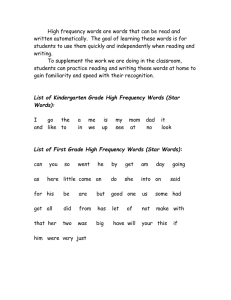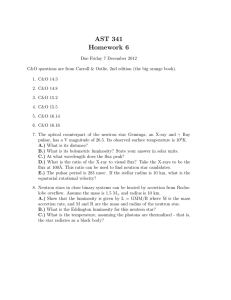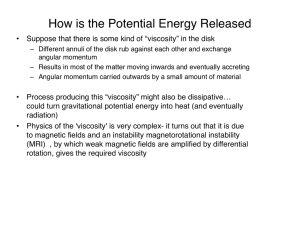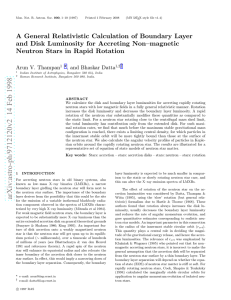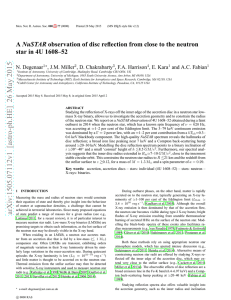Simulations of Accretion Disks around a Neutron Star Matthew Schumacher
advertisement
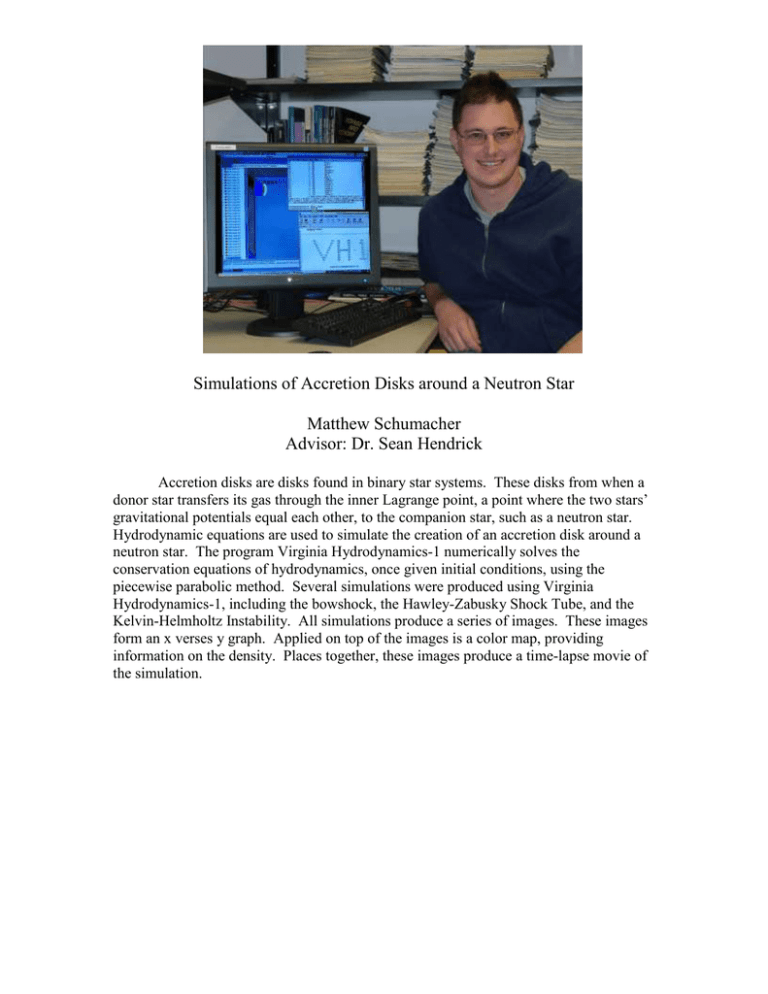
Simulations of Accretion Disks around a Neutron Star Matthew Schumacher Advisor: Dr. Sean Hendrick Accretion disks are disks found in binary star systems. These disks from when a donor star transfers its gas through the inner Lagrange point, a point where the two stars’ gravitational potentials equal each other, to the companion star, such as a neutron star. Hydrodynamic equations are used to simulate the creation of an accretion disk around a neutron star. The program Virginia Hydrodynamics-1 numerically solves the conservation equations of hydrodynamics, once given initial conditions, using the piecewise parabolic method. Several simulations were produced using Virginia Hydrodynamics-1, including the bowshock, the Hawley-Zabusky Shock Tube, and the Kelvin-Helmholtz Instability. All simulations produce a series of images. These images form an x verses y graph. Applied on top of the images is a color map, providing information on the density. Places together, these images produce a time-lapse movie of the simulation.

